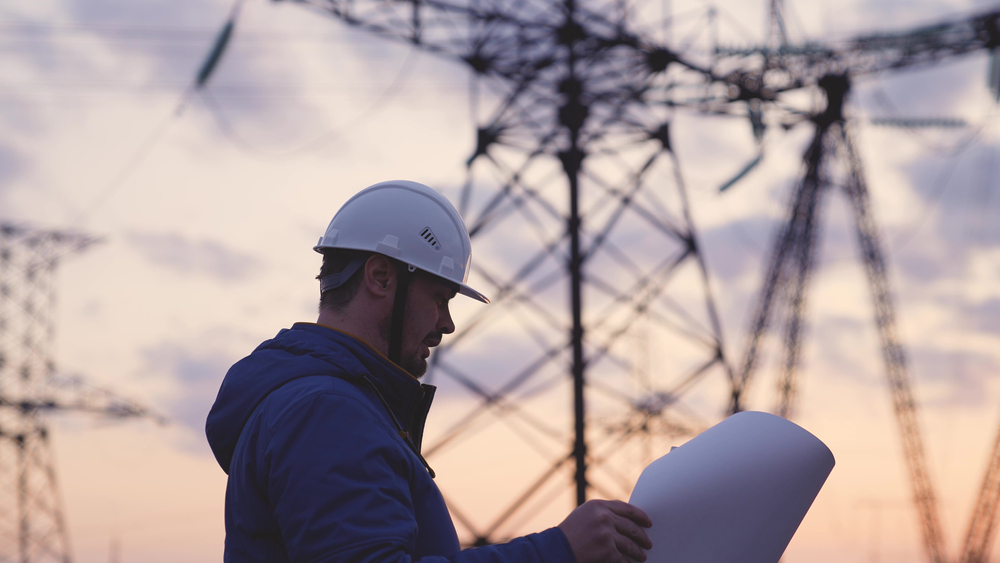
In a significant move towards strengthening America’s infrastructure and combating the impacts of climate change, the Bipartisan Infrastructure Law has allocated $10.5 billion to the Grid Resilience and Innovation Partnerships (GRIP) program. The first round of GRIP funding, totaling nearly $3.5 billion, will support 58 projects across 44 states in the U.S. This marks the largest single direct investment in critical grid infrastructure in the nation’s history.
The total $10.5 billion of GRIP funding will be divided into three broad categories. Grid Resilience Utility and Industry Grants ($2.5 billion) are granted to projects aimed at reforming electric grids against extreme weather/natural disasters, Smart Grid Grants ($3 billion) focused on increasing capacity of transmission systems and the reliability of our electric power system, and Grid Innovation Program ($5 billion) for projects between states, Tribes, local governments, public utility commissions with electric sector owners to improve grid resilience and reliability.
Of the 58 projects being supported by GRIP funding, the following eight are directly involved with the undergrounding of utilities to create a more resilient electric grid:
- PacifiCorp’s Equity-aware Enhancement of Grid Resiliency ($99,633,723 Federal Cost Share, $106,105,519 Recipient Cost Share)
- SMECO Transmission, Distribution, and Communications Resiliency Initiative ($33,567,016 Federal Cost Share, $15,642,000 Recipient Cost Share)
- Improving Reliability Through Grid Hardening ($52,857,560 Federal Cost Share, $17,619,190 Recipient Cost Share)
- Wildfire Mitigation and Extreme Weather Resilience for Xcel Energy ($100,000,000 Federal Cost Share, $142,020,463 Recipient Cost Share)
- EPB Chattanooga Grid Resiliency Upgrades: Network Conversions and Microgrids ($32,375,691 Federal Cost Share, $32,375,691 Recipient Cost Share)
- Hawaiian Electric Company Inc Climate Adaption Resilience Program ($95,313,716 Federal Cost Share, $95,313,718 Recipient Cost Share)
- Holy Cross Energy Wildfire Assessment and Resilience for Networks (WARN) ($99,328,430 Federal Cost Share, $45,762,816 Recipient Cost Share)
- Florida Power & Light (FPL) Smart Grid Manhole and Vault Monitoring Project ($30,363,088 Federal Cost Share, $36,738,088 Recipient Cost Share)
This massive investment in utilities undergrounding, which exceeds a half-billion dollars, is unlike anything we have seen before in the United States. The benefits of undergrounding power lines have been well-documented after recent natural disasters and power failures, and these eight projects strive to implement a more resilient power grid while mitigating the risks of these disasters.
The GRIP program is poised to act as a catalyst, attracting an additional $8 billion in combined public and private investments. These funds will be instrumental in improving the nation’s capacity to deliver affordable and clean energy to American communities while also enhancing preparedness for extreme weather events and aligning with clean energy objectives.
One of the primary objectives of GRIP funding is to facilitate the incorporation of 35 GW (gigawatts) of renewable energy into the grid. This substantial addition will increase the renewable energy capacity of the United States by 10.5%, a significant step towards sustainable energy sources.
GRIP project selections encompass a diverse range of participants, including both large and small utilities and consortiums. Notably, private entities, nonprofit organizations, government bodies, and educational institutions are all eligible to apply, reflecting the program’s inclusive approach.
To access the GRIP funding, applicants are required to provide a cost match higher than the average, with a mandatory 50% contribution. This stipulation underscores the commitment to shared investment in grid resilience and innovation.
The Hawaiian Electric project is one of the standout initiatives within the GRIP program. This comprehensive project includes a suite of approaches and places a special focus on disadvantaged communities and tribal lands. The aim is to create a more equitable and resilient grid system. This funding is particularly topical following wildfires that swept across Maui earlier this year.
The largest single award was granted to the Joint Targeted Interconnection Queue (JTIQ). This notable collaboration involves MISO (Midcontinent Independent System Operator) and SPP (Southwest Power Pool) to promote renewable energy and foster cooperation among states, utilities, and utility regulators. This cooperation aims to enhance the integration of renewables at both the distribution and transmission levels, emphasizing both technology and business strategy. The DOE remarked that they are particularly interested in large scale transmission projects focused on clean energy that used existing public right of way and encouraged additional likeminded projects to apply in the upcoming funding cycle.
Addressing the growing concern of wildfire resilience investments, the GRIP program also supports the WARN (Western Area Resilience Network) initiative. A consortium of 39 not-for-profit electric coops in Arizona, California, Colorado, Idaho, Kansas, Minnesota, Montana, Nebraska, New Mexico, North Dakota, Oklahoma, Oregon, South Dakota, Utah, Washington, and Wyoming will use these funds to harden their infrastructure by upgrading overhead lines and in some cases undergrounding power lines altogether. By making strategic investments and enhancing collaboration, the program seeks to bolster resilience against wildfires and other climate-induced challenges.
To address discrepancies in grid reliability across the United States, this funding was designed to address concerns of energy equity by supporting President Biden’s Justice40 (J40) Initiative, requiring that 40% of federal investments reach underserved populations. 100% of the projects funded by GRIP included J40 commitments, ranging from working with local labor unions, providing paid lodging and training to disadvantaged workers, to focusing grid reliability in historically marginalized regions.
A Notice of Funding Opportunity (NOFO) for the next round of GRIP funding is set to be announced before January 1, 2024. The program encourages vendor and consortia applications to expand the reach and impact of the GRIP initiative.
The Grid Resilience and Innovation Partnerships program is a significant step towards addressing the challenges posed by aging infrastructure, extreme weather events intensified by climate change, and the modernization of the grid. By investing in grid resilience and innovation, the Bipartisan Infrastructure Law is taking a monumental stride towards a cleaner, more resilient, and sustainable energy future for the United States.